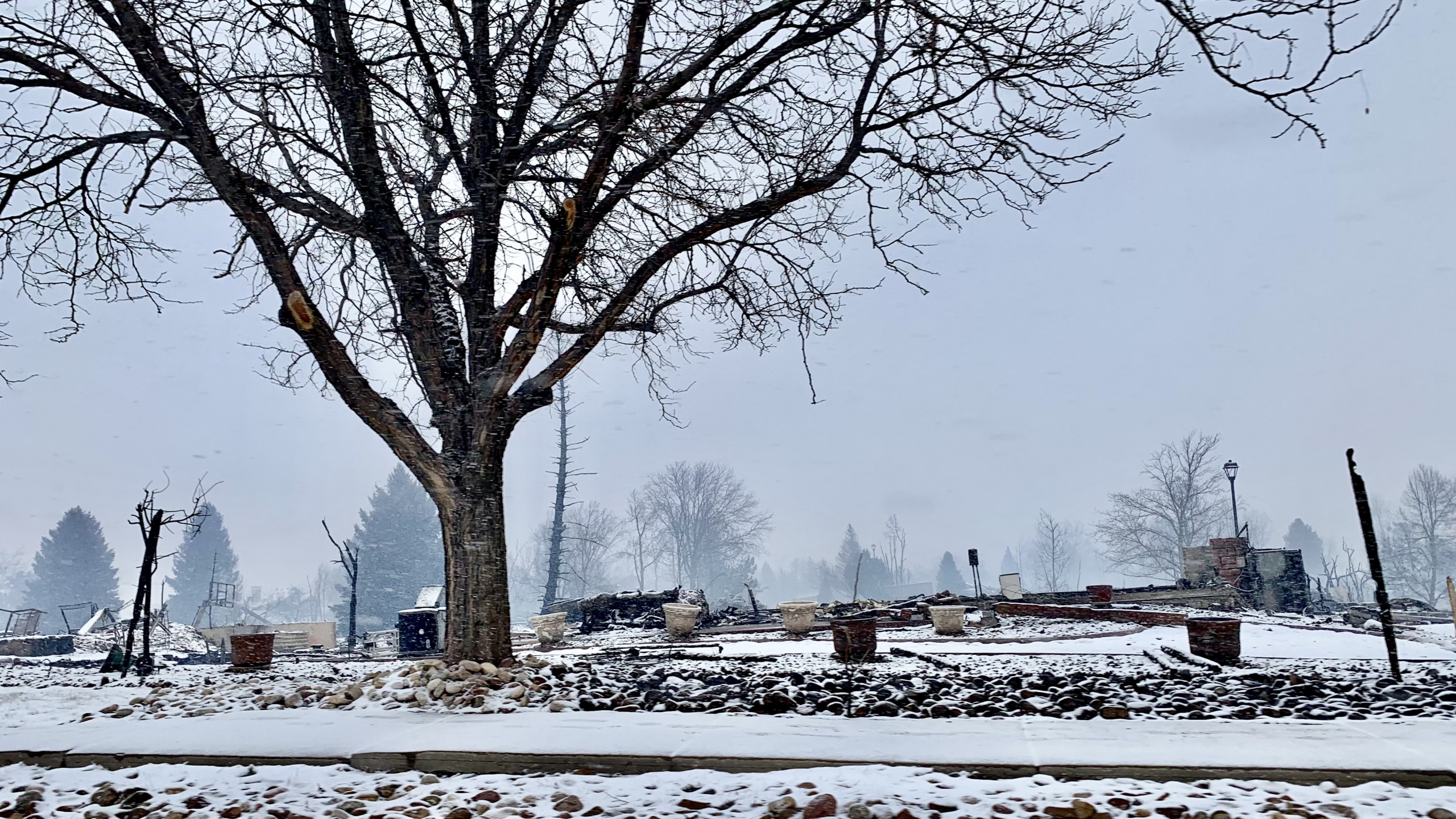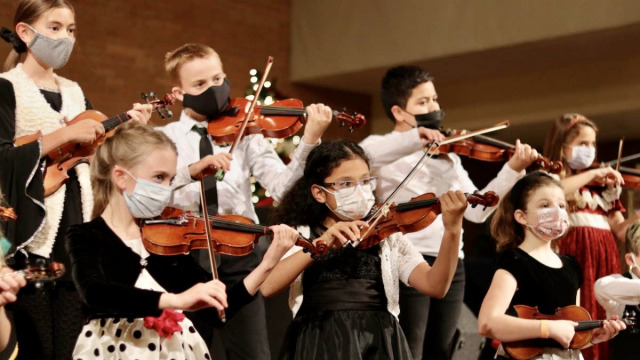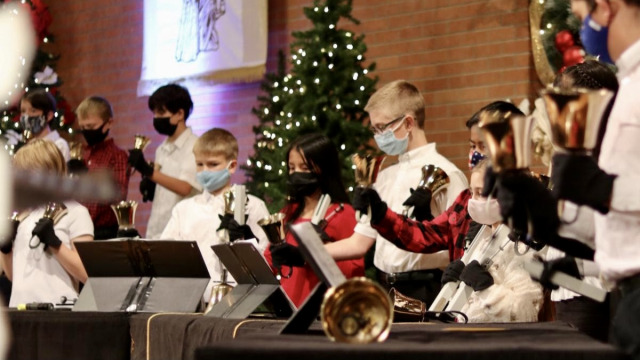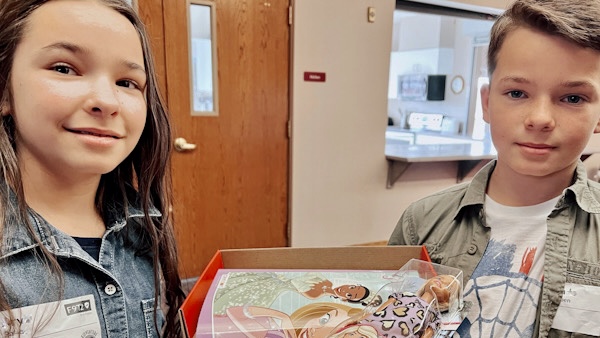By Shawn Brace — Recently, while visiting the leader of a church plant that our church sponsors, a gentleman walked into the café that this church plant has started and struck up a conversation with the leader and myself. I’ve known this fellow for almost a decade now, and he’s always eager to talk about the latest conspiracy theory. He’s a nice guy, but one of these precious souls that doesn’t seem to pick up on social cues and remains stubbornly committed to strange ideas.
On this particular day, he wanted to talk about COVID, passionately pressing me on whether I knew that the US government has deliberately and intentionally prevented Americans from utilizing treatments that could cure the disease. “They don’t want us to have this stuff,” he insisted. “They are just trying to make as much money as they can on all of this.”
Of course, his perspective is, whether right or wrong, not all that unique these days. Though the giant social media outlets have, at least in theory, tried to curb the dissemination of such theories about COVID on their platforms, there is a lot of information swirling about that may or may not reflect reality. And it’s not just COVID: we are continuously bombarded with theories and ideas and messaging that offers all manner of perspectives on elections and religion and end-time scenarios. One can’t go on Facebook without reading long diatribes from self-styled experts on an infinite number of topics. The term #fakenews has become an influential force in our vocabulary and thinking.
What is one to do in response to such an onslaught of various theories and perspectives? How do we make sense of the diverse opinions that are all competing for our acceptance and allegiance? If the apostle Paul encourages us to think about those things which are “true” (see Philippians 4:8), how can we first know what things are true in order to think about them?
Philosophers use a big fancy term to describe such an exercise. It’s called epistemology. This is essentially the study of knowledge—of how we know what we know. It’s the process by which we make sense of the world around us, the filters through which we determine what makes sense and what doesn’t. It’s the sources of authority we judge ideas against to decide if those ideas are true or not.
When someone shares information with me, whether I accept that information or not is based largely on whether I trust the source of that information or not. That’s because I am a fallible human being who is limited in my ability to know things. My knowledge and expertise are not exhaustive and I therefore have to outsource my decisions to other trusted sources. I am but one person and I have to place my confidence in people other than myself—people who have proven themselves trustworthy in the past.
This is really the underlying dynamic in this age of disinformation and #fakenews. We so often get into arguments about the specifics of people’s claims when the divide is on a much more fundamental level relating to the sources of that information. In the case of COVID, when people try to engage me on various theories and ideas, I don’t even bother trying to rebut their ideas—whether good or bad. I just throw up my hands and admit that I am not a scientist or the son of a scientist. I am, therefore, in no position to break down the arguments of aYouTuber or an epidemiologist from Harvard. Thus, no matter how well-argued and seemingly scientific a person’s perspective might be, I’m simply unable to figure out the truth or falseness of it. I simply defer to others I trust on the topic, following their lead, trusting that God will honor my simple faith.
And yet there is an even more fundamental reality going on than epistemology. As I’ve said often over the past few years: when we find ourselves arguing with people, we are very rarely actually arguing with their ideas. We are much more often arguing with their trauma.
As much as we’re sometimes tempted to think otherwise, we’re not exclusively rational beings. None of us makes decisions based solely on intellectual grounds. We are creatures who not only think rationally; we also think emotionally, spiritually, socially, relationally. We are the sum total of our experiences and the degree to which an idea makes sense to us is largely determined by the sum total of those experiences.
Psychologists have thus understood that a person’s ability to succeed in life is much more dependent on their EQ than on their IQ—that is, their emotional intelligence, rather than their intellectual intelligence. Our ability to navigate relationships, to understand the fundamental principles of human behavior and emotion, is a lot more of a significant factor in how we travel through life than our level of education (this is partially why highly educated people can latch on to some extremely crazy ideas). If we are thus relatively emotionally well-adjusted people, we will be more likely to gravitate to and trust sources of information that more accurately reflect reality. On the other hand, if we have significant emotional deficits, we will have a harder time with reality, and making sense of reality—which is the sum total of all human experiences.
Put another way: emotionally unhealthy people will latch on to and believe unhealthy ideas. We have to further understand that it’s not the untruths or the conspiracy theories themselves that are necessarily attractive to people; it’s the sense of belonging and community they bring to people who have felt wounded by traditional sources of authority and society as a whole. When one has significant emotional wounds, they feel like an outsider and there is thus a certain sense of belonging that comes by accepting the views of and joining with other outsiders.
In other words, what a conspiracy theorist usually needs is not a good argument to rebut their views, but some good therapy to heal their souls. Christ, when He invited people to embrace the truth, invited them to embrace Him. When we accept Christ as the Truth, we are not simply accepting Him as a provable idea that does or doesn’t make intellectual sense. To be sure, there is intellectual content about Christ, but that is just one aspect of who He is. We are thus not simply invited to accept ideas about Christ, but to place our trust in Him. When we embrace Him in all His beauty and love, He heals us and sets us free.
But I would add this: embracing Christ isn’t a wand that magically causes our emotional deficits to automatically disappear. God has gifted other humans to help us with the hard work of identifying, processing, and healing our wounds. We are embodied creatures who need other embodied creatures to help us become whole. Just as Jesus doesn’t cause our hunger to go away when we pray to Him, but points us to physical food, so Jesus places other humans in our lives to help us heal from our wounds. So, as I say to all my church members quite frequently: everyone needs therapy.
The bottom line is this: when it comes to figuring out how to make sense of what is true and what isn’t true among the myriad of voices that are peddling me information at a hundred miles an hour, the most important thing for me is to pursue the healing heart of Jesus, often through the empathic and therapeutic ministry of others God has gifted. The more grounded I can become in the gospel, and the healthier I can become emotionally, the more easily I can sift through the various sources of information as I try to make sense of the world.
–Shawn Brace is a pastor and author in Bangor, Maine. His book, The Table I Long For (Signs Publishing), further expounds upon this vision for Adventism. He is also a DPhil student at the University of Oxford, researching nineteenth-century American Christianity. You can follow him on Instagram @shawnbrace, and sign up for his weekly newsletter at: shawnbrace.substack.com






